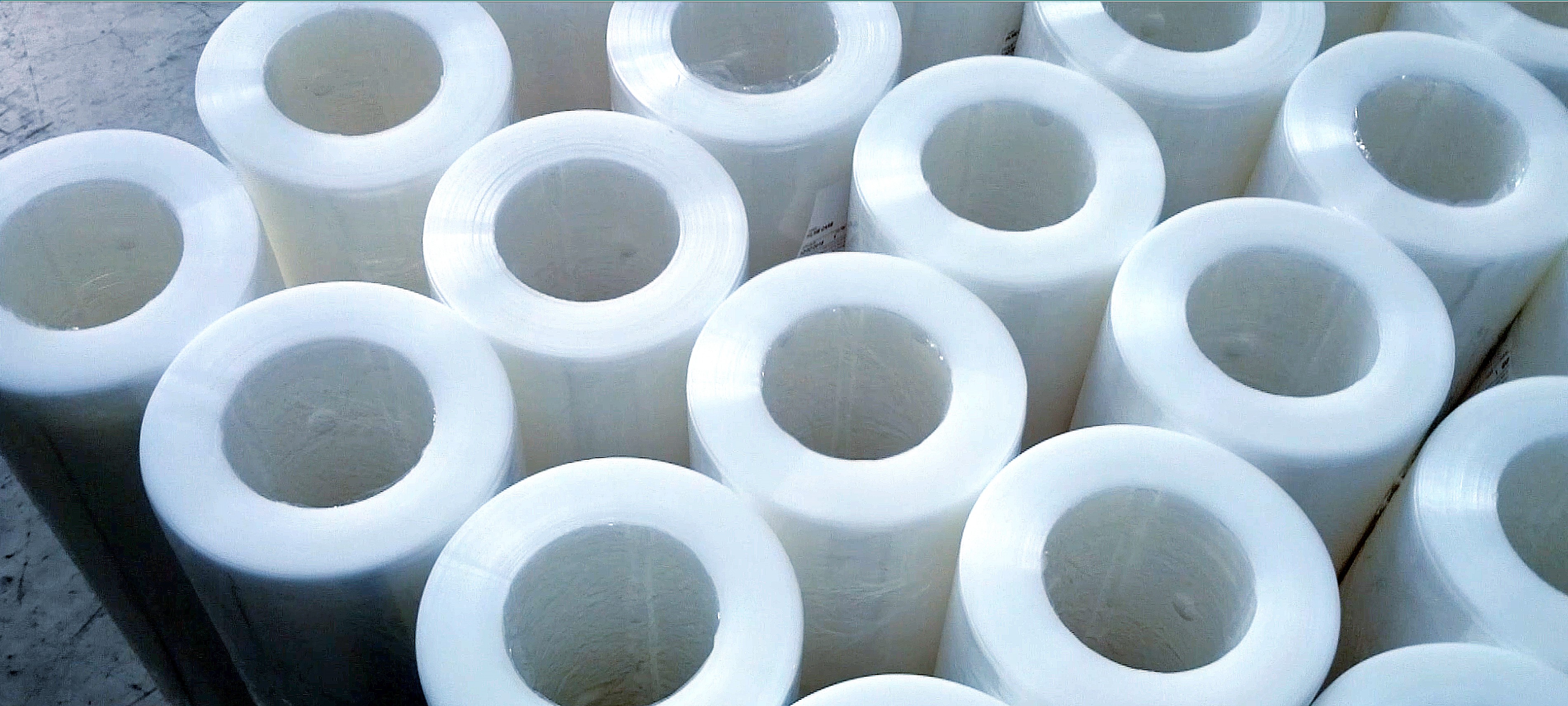Breadcrumb
Less paper cores - less carbon footprint
A simple way to make stretch film production more sustainable is the reduction of cardboard used for paper cores. Over the past years, SML has developed different methods to decrease the tension of the film required during the winding process. SML technologies like K-AP, ThinCore Technology or the Coreless Technology allow manufacturers to use lighter paper cores or generally cores with less weight. Using these new types of cores leads to a significant reduction in the carbon footprint.
Saving one million paper cores per annum
To illustrate this: a SmartCast XL stretch film line is able to produce 16,000 tons of stretch film a year. A typical machine roll has 16kg of stretch film and a paper core of 1.2kg. This results in approx. 1 million pieces of paper cores weighing 1.2kg each - in one year. If a stretch film manufacturer takes advantage of the SML ThinCore Technology, it can use cores with only 0.7kg. This alone allows a reduction of the carbon footprint by half a million kg CO2 eq per annum. In case the manufacturer uses SML’s Coreless Technology, no cores at all are required. This minimises the carbon footprint by 1.2 million kg CO2 eq.
“Today, we already have several proven technologies and methods at our disposal to make stretch film production more sustainable: from downgauging to post consumer and post-industrial recycling (PCR and PIR), to the use of bio-based LLDPEs and the reduction of auxiliary materials like paper cores. It is up to all of us to combine them in the most effective way,” Thomas Rauscher concludes.
Redlham, 05.07.22
